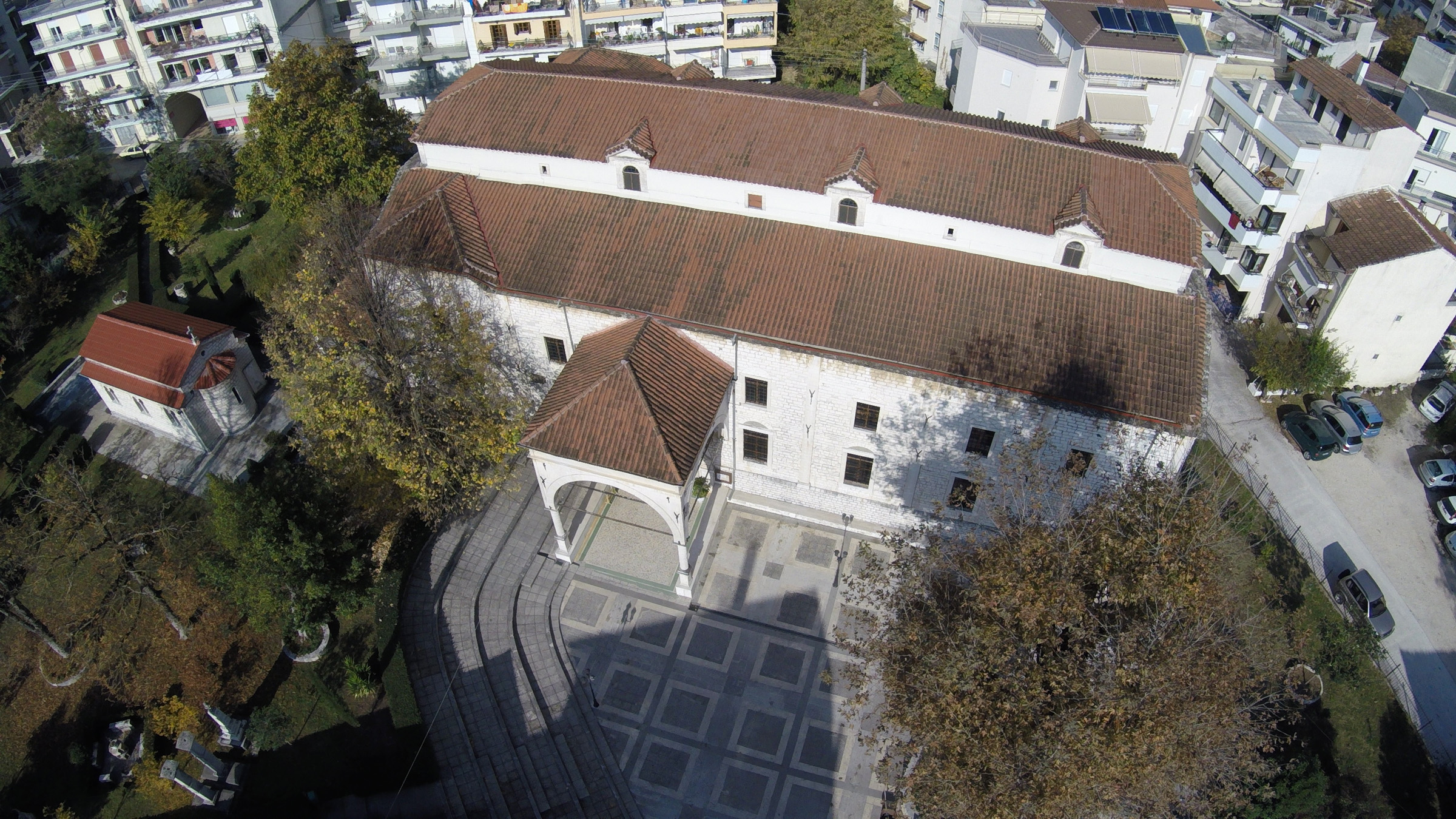It was founded by the Philanthropinon family, one of the noble families of Constantinople who moved to Ioannina in 1204 after the occupation of the city by the Crusaders. It is the oldest monastery of the island, founded before 1292, according to the lintel inscription of the main church of the katholikon.
The monastery flourished during the 16th century when it was renovated, expanded and frescoes were painted in the church. It received donations from traders that lived in Venice, as Zotos and ApostolisTsigaras. In general we can say that the monastery was distinguished for its intellectual status. Towards this contributed the fact that a School was operating in the same space, which was established by Michael Philanthropinos and remained in operation until 1756. Graduates of the school were, among others, monk Proklos and Komninos authors of the project “Background on various Despots of Epirus and the tyrant Thomas Komninos Preloumpos” and Nektarios and Epiphanius Apsaras, founders of the neighbouring monastery of St. John the Baptist. The katholikon houses maybe the most remarkable post-Byzantine frescoes in Epirus, belonging either to the school of Ioannina or to the school of Thebes (of the origin of the artists). In the last two periods of the katholikon hagiography (1542, 1560) are dated the works of lone-known representatives of the faculty, Fraggos Katelanos and the brothers George and Fraggos Kontaris. According to M. Achimastou -Potamianou there are attributed about 170 saints and 350 composed scenes including more than 750 individual scenes and events and some thousand persons. A scene that stands out is the one of the seven sages of antiquity (Plato, Apollonius of Tyana, Solon, Aristotle, Plutarch, Thucydides and Chilon of Lacedaemona) which are considered forerunners of Christianity. In the north wall of the narthex, within a niche St. Nicholas is depicted and on his right, kneeling down, the five Philanthropini who served successively as abbots and teachers of the monastery.



























